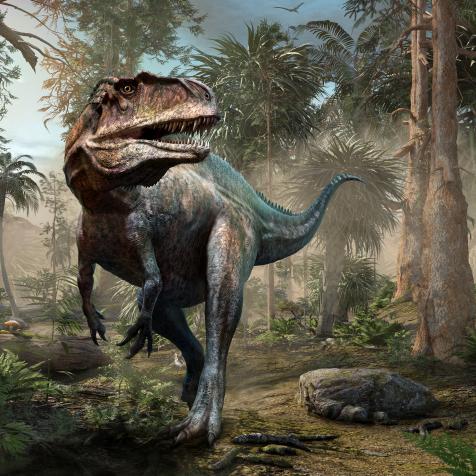
MARK GARLICK/SCIENCE PHOTO LIBRARY
How Stars Die: The Big Ones

Sometimes when you want to go out, you want to go out with a bang.
Stars don’t live forever, and different stars go out in different ways. It all depends on the mass: stars fuse hydrogen in their cores for power.

Stars Come in All Shapes and Sizes
The very smallest stars capable of this impressive feat are called red dwarfs, because they’re a) red and b) small. They can be as small as a tenth the mass of the sun and are the ultimate economy cars of the cosmic highways, capable of sipping on their hydrogen fuel for trillions of years.
Medium-sized stars, like our own sun, deplete their usable hydrogen in only a few billion years, which is plenty of time for little critters to grow up on some watery orbiting world and start asking questions. When stars like our sun die, they turn themselves inside out in a grotesque slow-motion horror show, eventually revealing their carbon and oxygen cores and leaving behind a glittering nebula.
But the big stars? Oh man. Because of their immense bulk, the gravitational forces at the centers are extreme, forcing the nuclear reactions to happen at a breakneck pace. Within only a few million years--which seems like a long time, but is practically a cosmic blink of an eye–-they start their death throes.
When the big stars stop fusing hydrogen in their cores, at first nothing strange happens. The fusion of hydrogen leaves behind helium, which thanks to the extreme pressures is able to ignite in its own round of fusion, surrounded by a layer of burning hydrogen.
Eventually, as you might’ve guessed, the helium in the core runs out. Fusing helium brings us to carbon and oxygen. And then that fuses, leaving behind silicon, which leaves behind magnesium.
At the final stage of a massive star’s life, things are a little hectic. You have a core, made of nickel and iron, reaching a whopping temperature of over a hundred million degrees. That core is surrounded by hell’s own seven-layer bean dip, with shells of fusing magnesium, silicon, oxygen, carbon, helium, and hydrogen. Beyond that, the atmosphere of the once-proud star is bloated and swollen, surrounded by tattered fragments that have managed to escape the chaos below.
Once the iron core forms, the clock starts ticking. In about 15 minutes, the show will be over.
The problem is that when you fuse elements lighter than iron, you get a little bit of energy extracted in the process. Yay for stars. But once you start fusing iron and elements heavier than that, you lose energy in the process. So you have a fundamentally unstable situation: gravity continues to want to pull the star in, but there’s no explosive release of energy to stabilize it.
Instead, the iron core just squeezes and squeezes down, reaching such incredible densities that electrons get shoved inside protons, turning them into neutrons. In a few short minutes, the entire core compresses into a giant ball of neutrons about the size of a city of trillions of times denser--a neutron star.
That neutron star is able to briefly halt the collapse of the remainder of the star surrounding it. But all that gas, all those fiery layers, come crashing down at a decent fraction of the speed of light. They hit the neutron star and bounce off.

Alan Dyer/Stocktrek Images
Hence: Boom.
A supernova detonation, one of the brightest and most powerful events in the known cosmos. A single supernova explosion can outshine hundreds of billions of stars. In a single day, a supernova will unleash more energy than our sun will over the course of its entire life.
Hey, if you’re going to go out with a bang, at least do it right.












































































